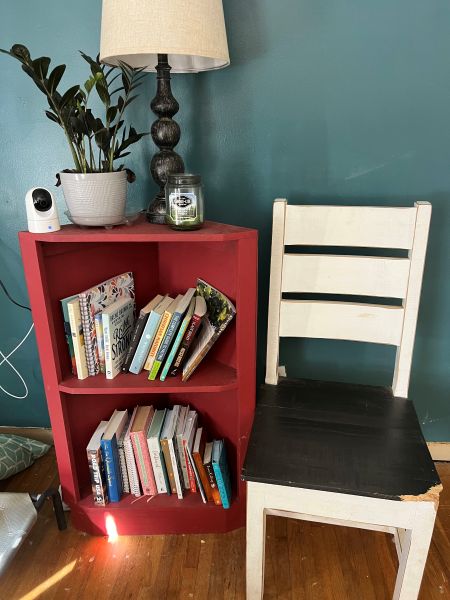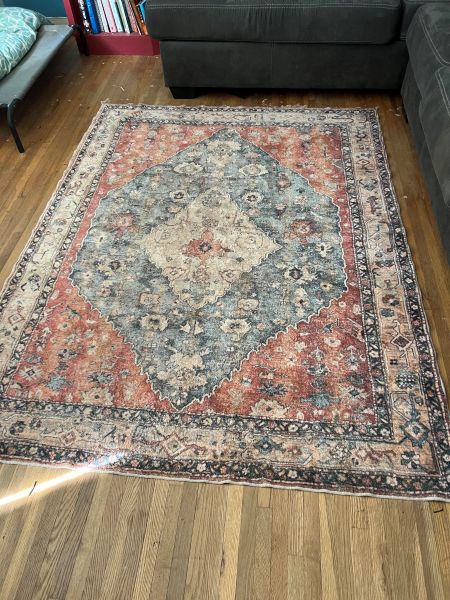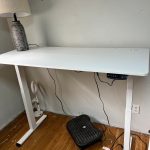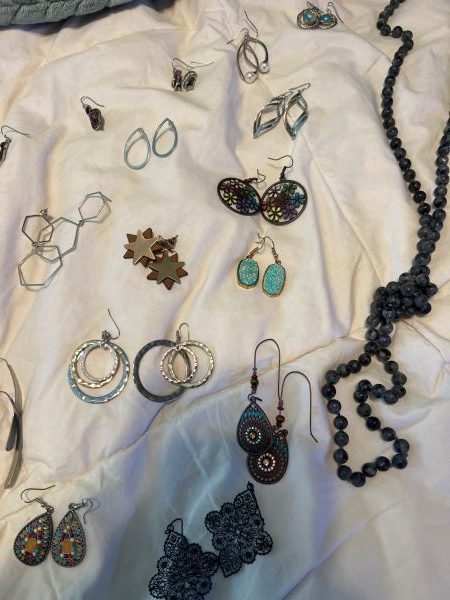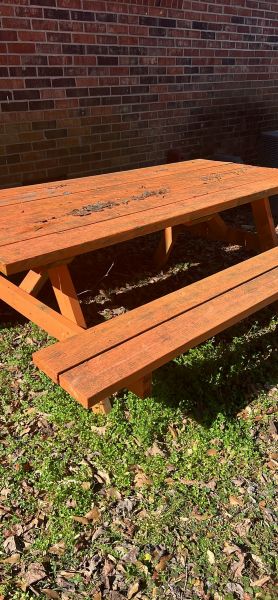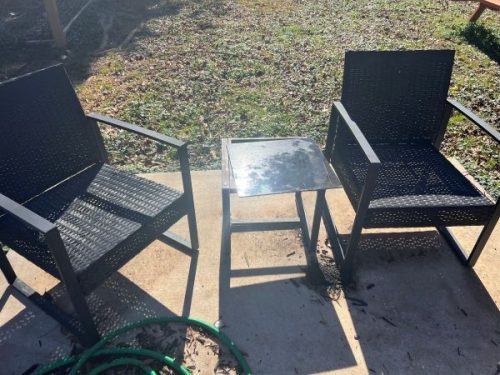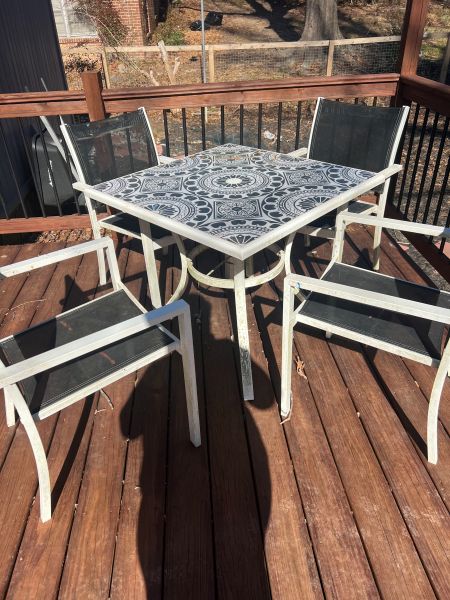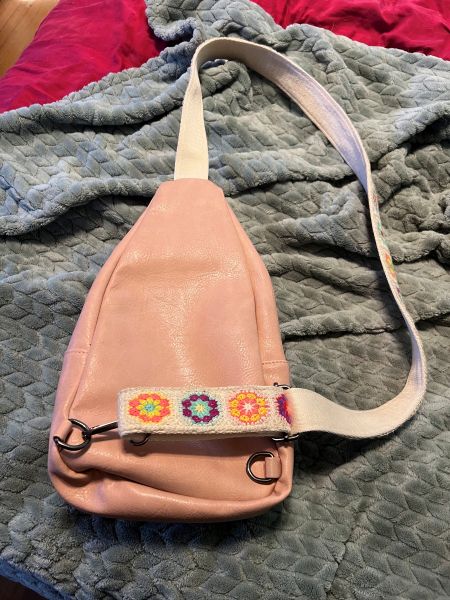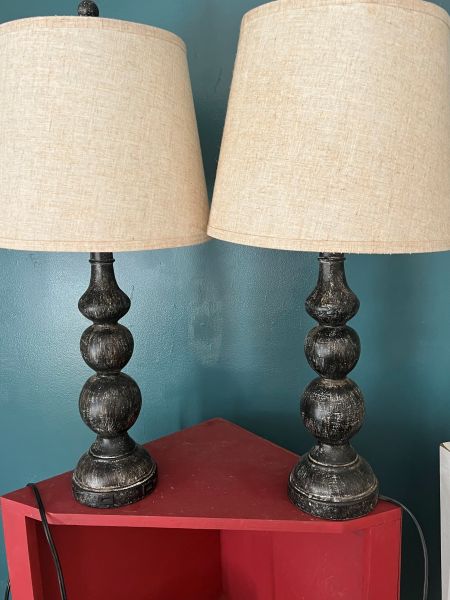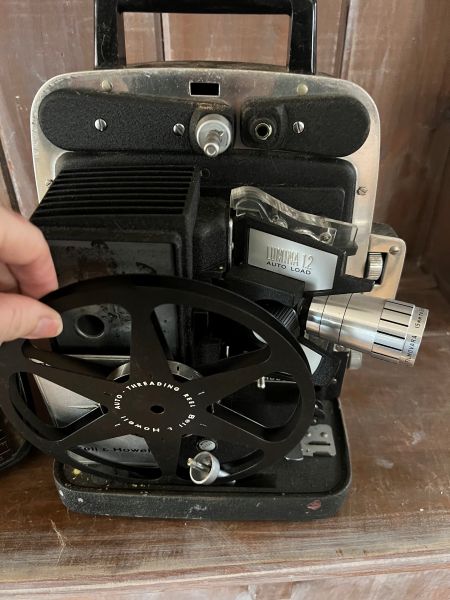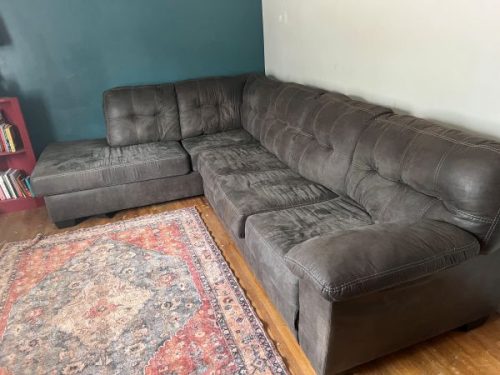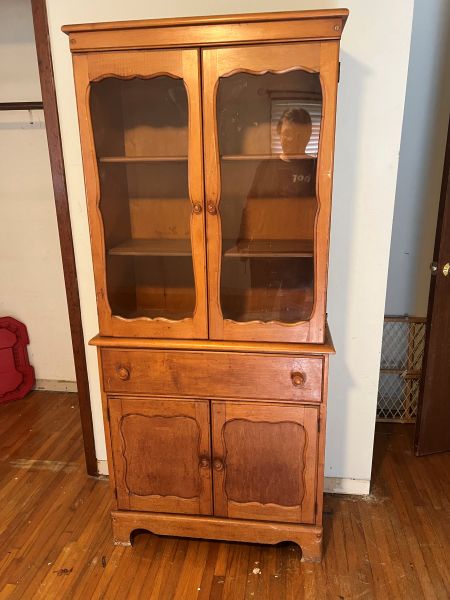by Semify
Becoming a homeowner is an exciting milestone, but it also comes with a range of financial responsibilities that can feel overwhelming at first. From setting up a workable budget to planning for maintenance and emergencies, your new role calls for a structured approach to money management. This guide will walk you through key considerations to help you navigate the financial aspects of homeownership with confidence.
Planning Your Initial Budget
Before you make any long-term plans, start by establishing a solid financial foundation. Outline your monthly expenses, including mortgage payments, utilities, and homeowner’s insurance. Don’t forget to account for property taxes and any recurring fees, such as HOA dues. Once you have a clear picture of your cash flow, set aside a contingency fund for emergencies like appliance breakdowns or unexpected repairs.
According to recent data, roughly 49% of property owners keep a detailed home inventory of their personal possessions. Creating or updating such a list right away not only helps in organizing your valuables but also streamlines insurance claims if an unfortunate incident occurs. A comprehensive inventory supports accurate policy coverage and gives you peace of mind when unpredictable events happen.
Mortgage Management and Loan Options
Buying a home typically involves securing a mortgage, which can be one of the most significant financial commitments in your lifetime. Familiarize yourself with various loan types—fixed-rate, adjustable-rate, FHA, and VA loans—and choose one that aligns best with your long-term plans and budget. Always review the terms carefully, considering how interest rates will affect your monthly payments over the loan’s duration.
Refinancing later can be a strategic move if interest rates drop or if you need to access equity for home improvements. However, refinancing can come with closing costs and other fees, so weigh the potential savings against any new expenses. Additionally, maintaining a strong credit score and a stable debt-to-income ratio makes it easier to qualify for better mortgage terms.
Roof Maintenance and Insurance Coverage
Your home’s roof is more than just a covering—it shields the structure from weather damage and protects your household investments. Proper maintenance, such as cleaning gutters and scheduling routine inspections, can prevent costly damage and prolong your roof’s lifespan.
According to a Roofer’s Guild survey, about 75% of American houses use asphalt roofing. Asphalt shingles are generally affordable and easy to install, making them a popular choice. Despite their durability, regular checkups are crucial to catch problems like missing shingles or water leaks. Insurance policies often cover roof repairs caused by storms or accidents, but having a well-maintained roof can sometimes lower your premiums, as it reduces the risk of significant damage.
Property Tax and Insurance Considerations
Property taxes can vary significantly depending on your location. Research your local rates and factor in potential increases over time. Many mortgage lenders bundle property taxes into an escrow account, making it easier to budget throughout the year. If this option isn’t part of your mortgage agreement, set aside funds monthly so you won’t face a large lump-sum payment when taxes are due.
Homeowners insurance is another critical financial safeguard. The right policy should protect you from hazards like fire, storms, and theft. Shop around and compare quotes to find coverage that meets your needs and fits your budget. Consider extra riders for high-value items or specialty coverage if you live in an area prone to floods or earthquakes.
Pest Protection and Unexpected Repairs
Homeownership brings a range of maintenance tasks that aren’t always obvious. Inspecting your property regularly for signs of pests—such as termites, rodents, or carpenter ants—can save you from bigger bills down the line. Early detection and professional treatment are key to preventing costly structural damage.
According to Forbes, around 50% of homeowners have encountered pest-related structural harm at some point. This fact highlights the importance of budgeting for routine inspections and quick intervention when problems arise. In addition to pest control, set aside funds to cover issues like water damage or foundation cracks so that unexpected repairs don’t derail your financial stability.
Building Long-Term Financial Security
Once you’ve addressed your immediate concerns—budgeting, mortgage payments, insurance, and maintenance—focus on growing your financial security. Set realistic savings goals, whether it’s for a kitchen renovation, higher education funds, or eventually upgrading to a larger home. Diversify your investments by considering retirement accounts, stocks, or other avenues that align with your risk tolerance and timeline.
Remember, your home is both a place to live and a significant asset. By diligently managing your finances, planning for maintenance, and preparing for emergencies, you can protect that asset and enjoy the comforts of homeownership without constant financial stress. When you combine thoughtful budgeting with proactive upkeep, your new home will be a solid foundation for a prosperous future.


